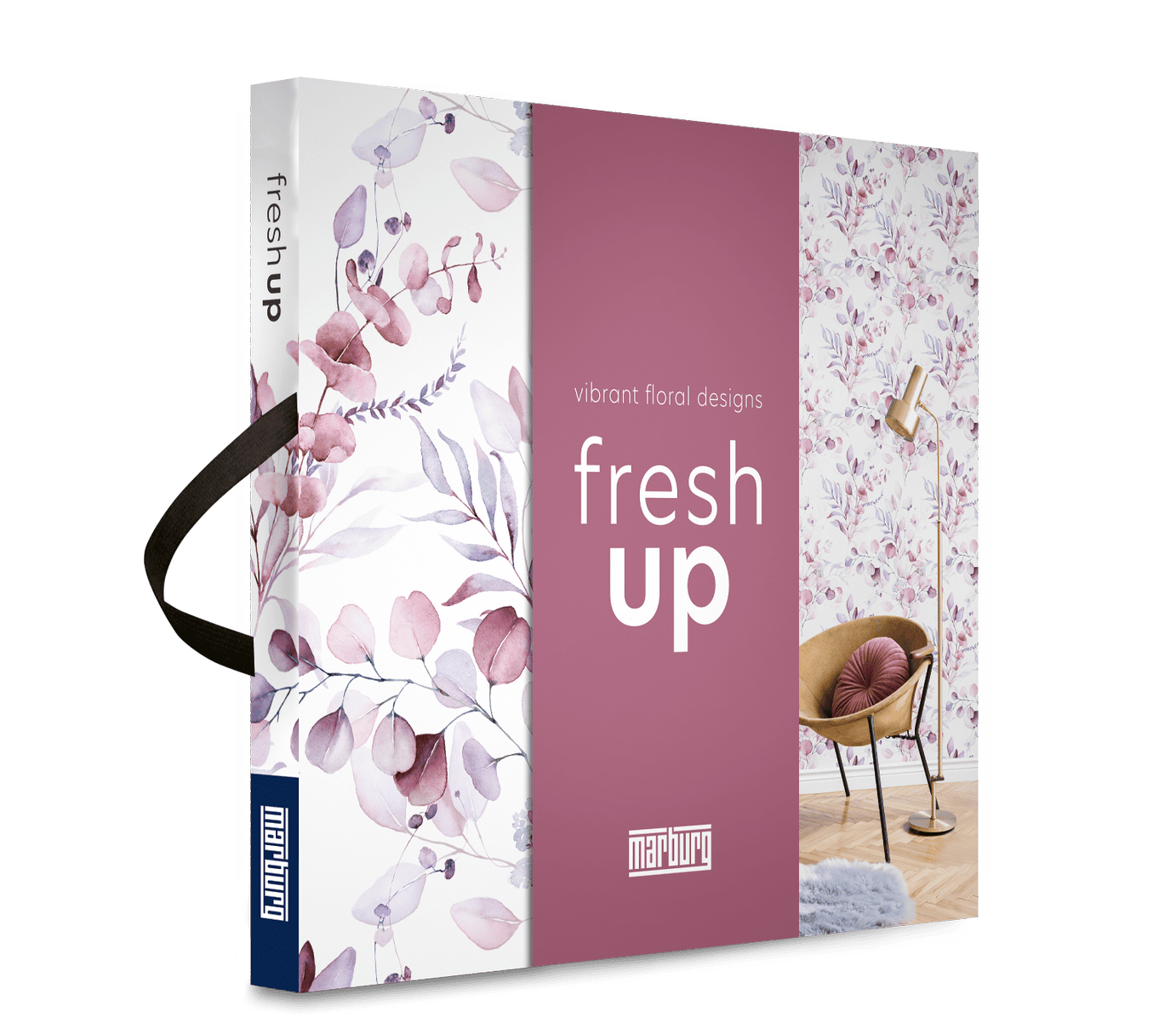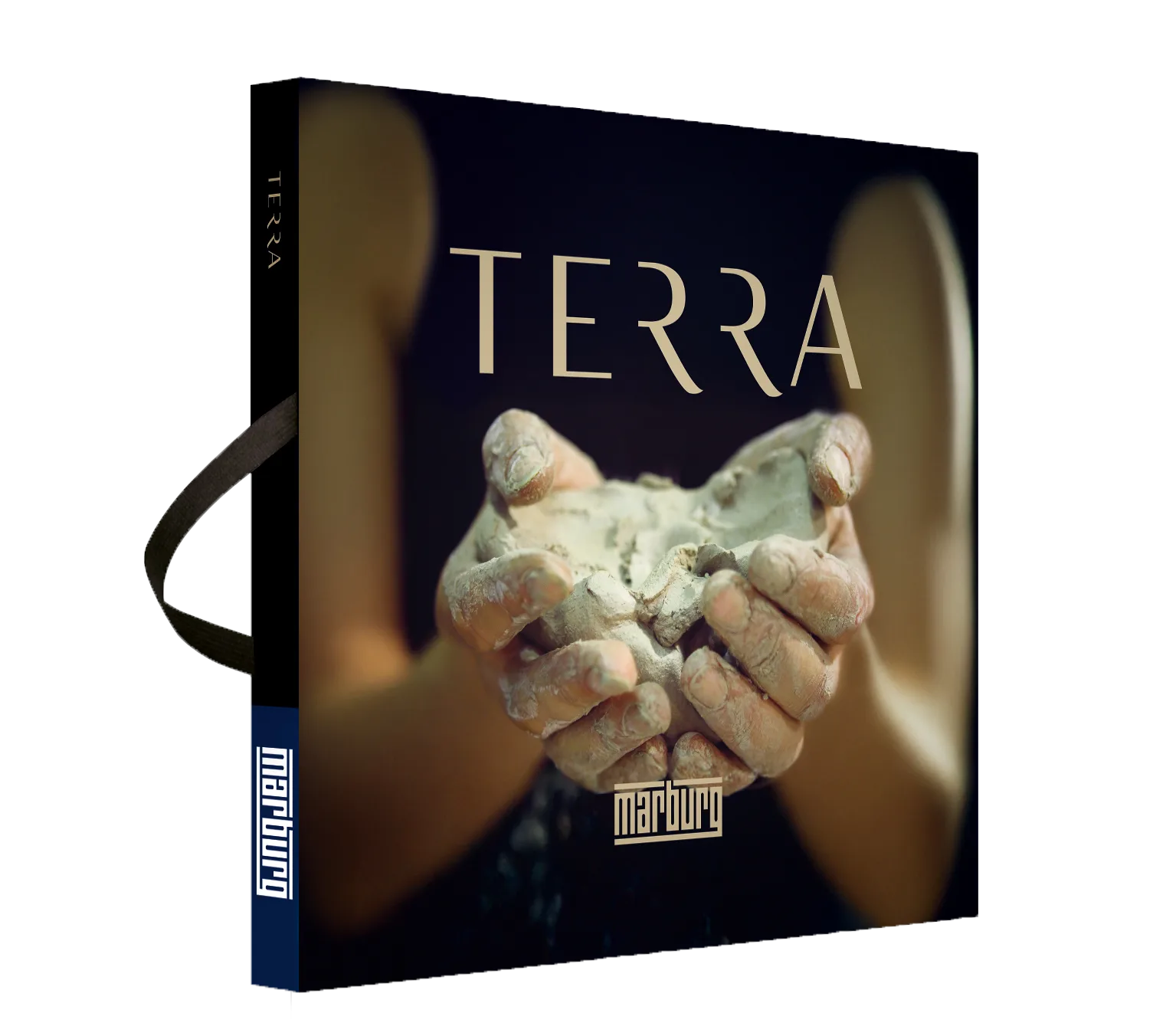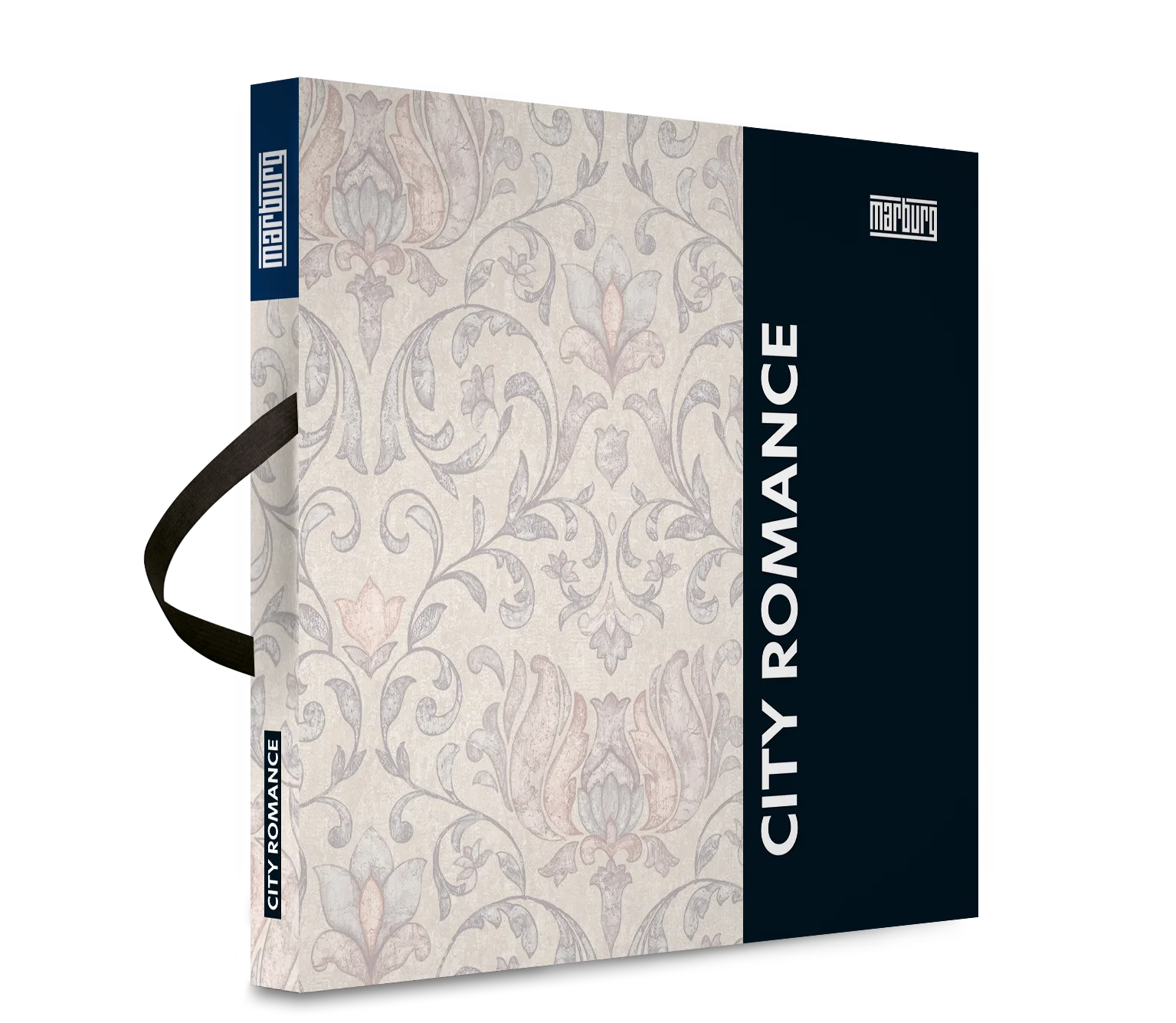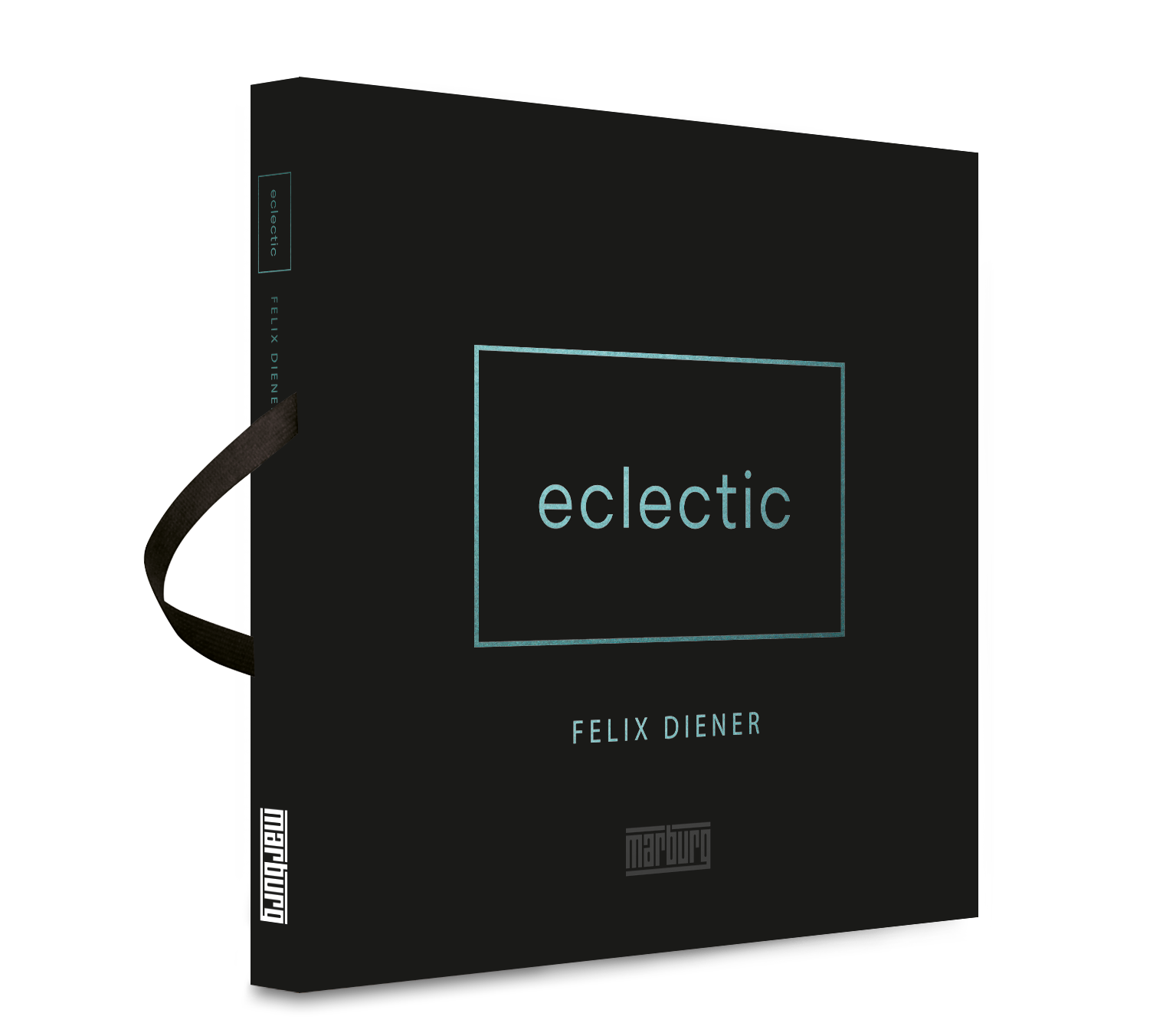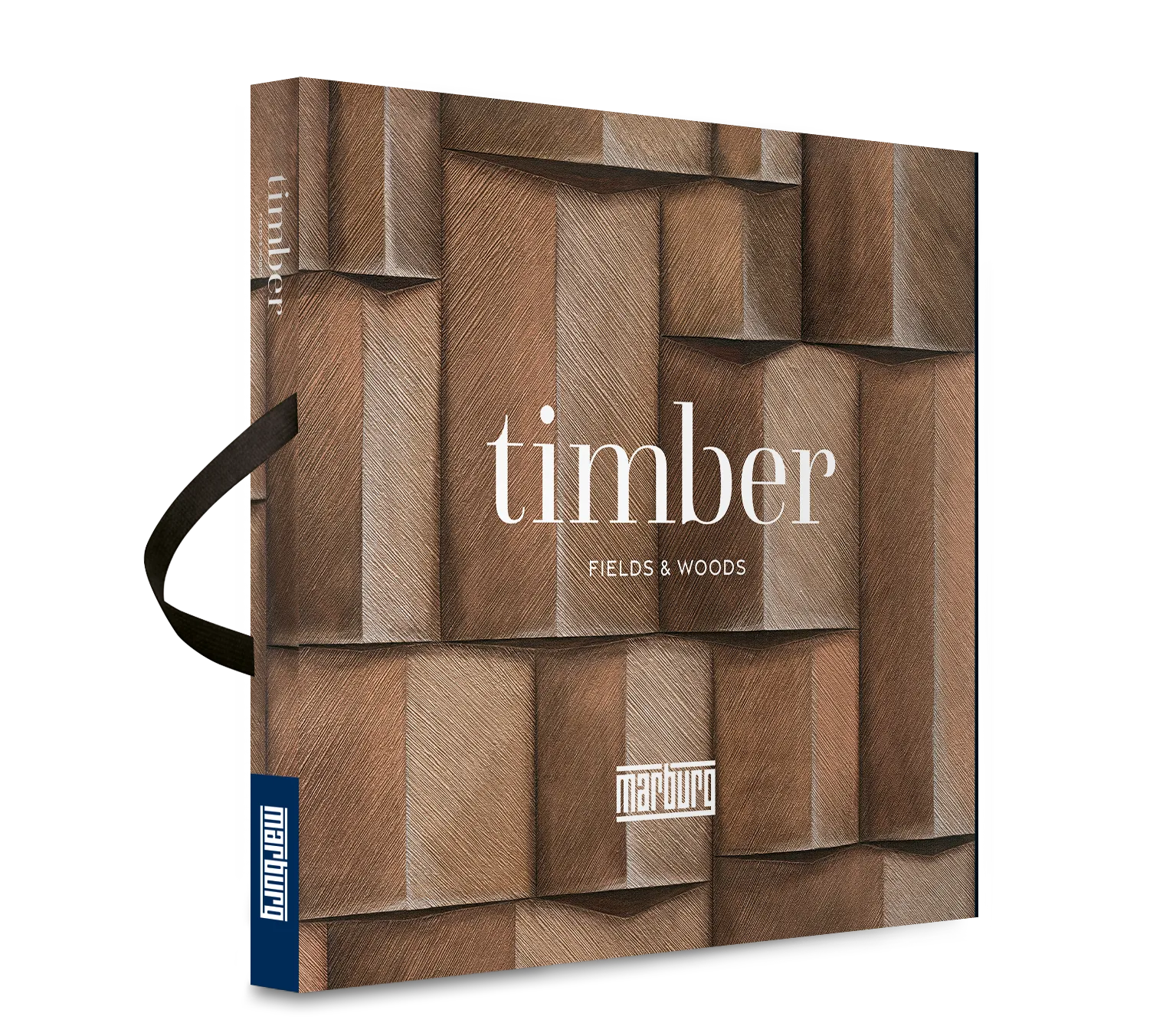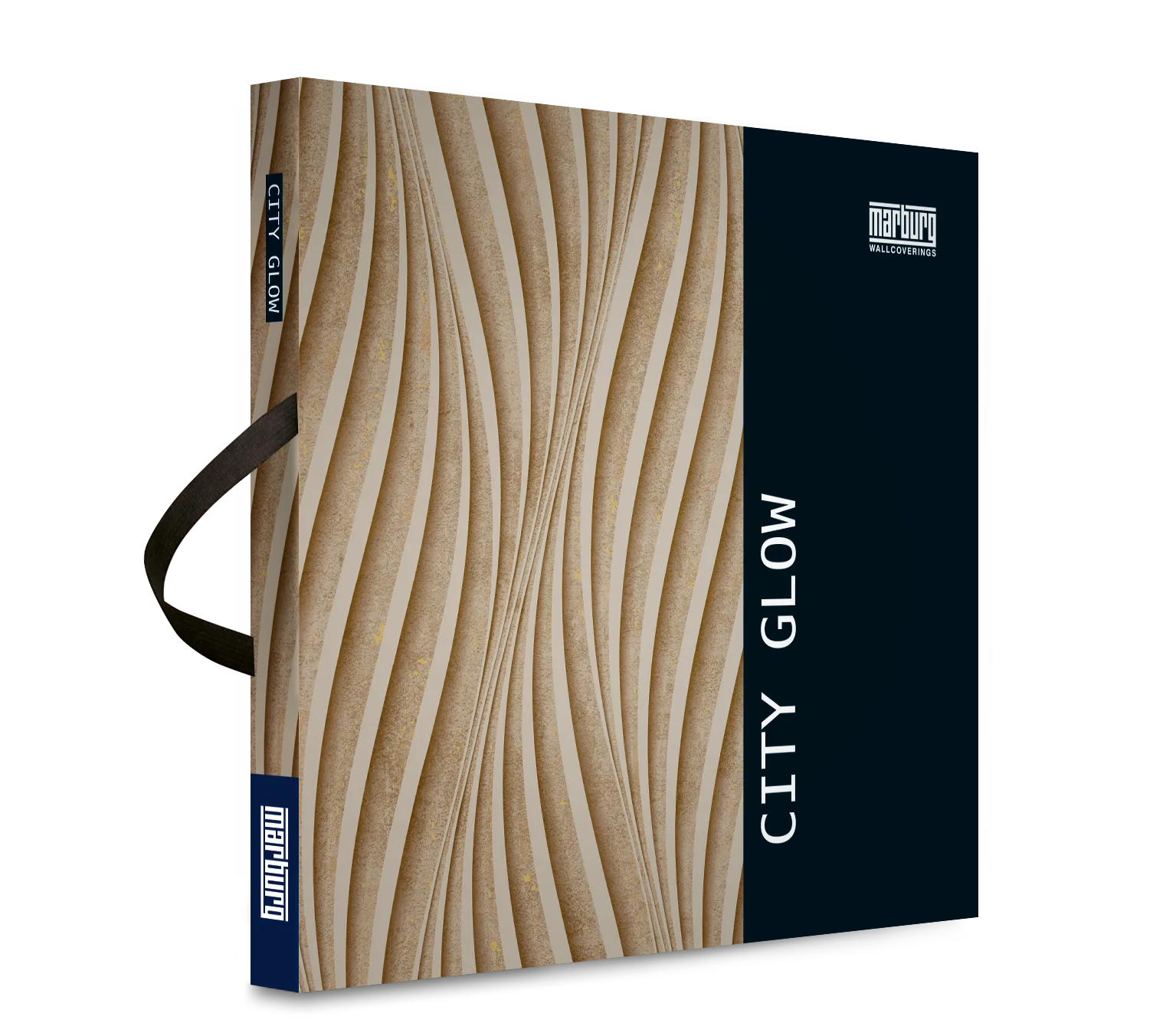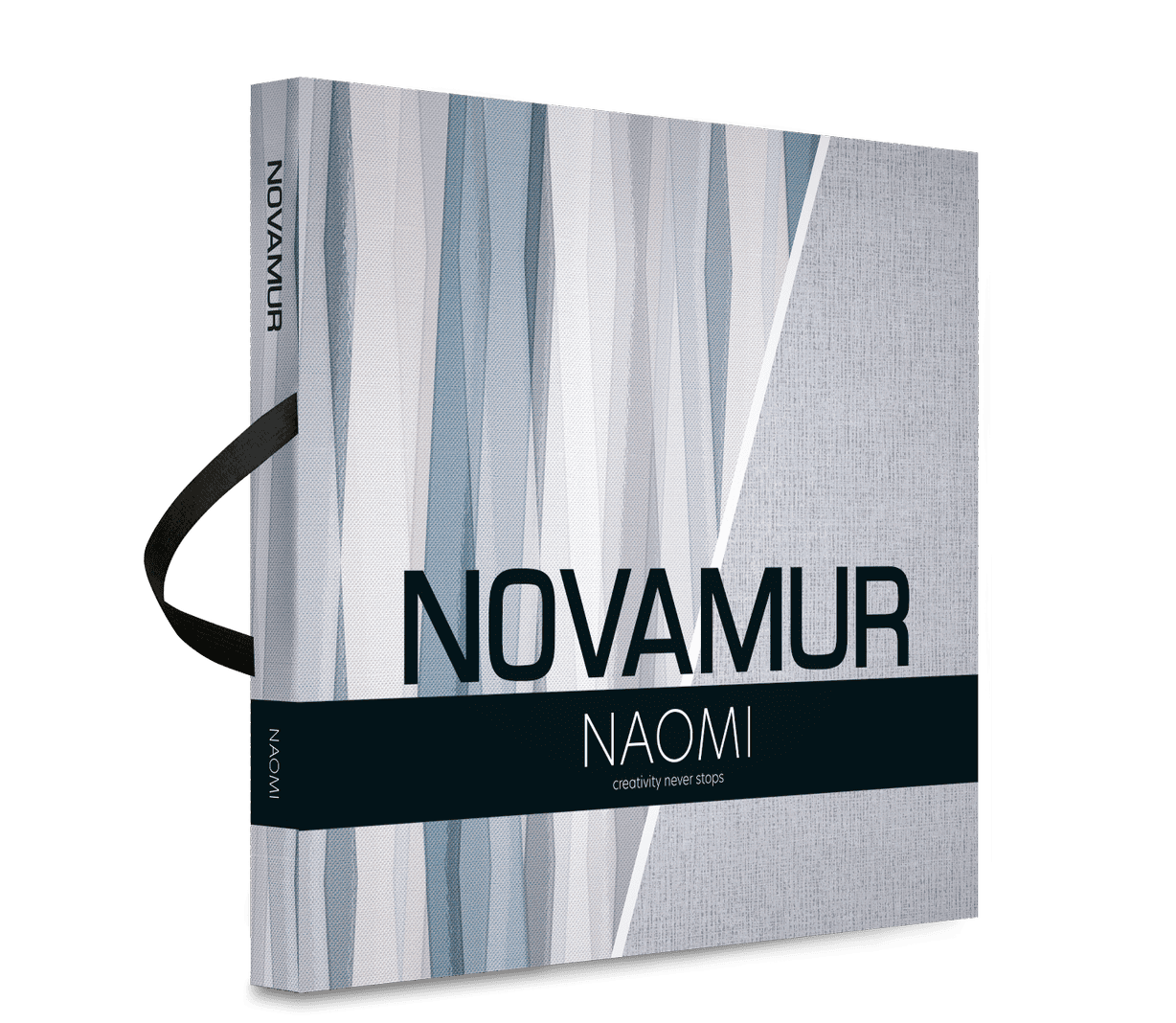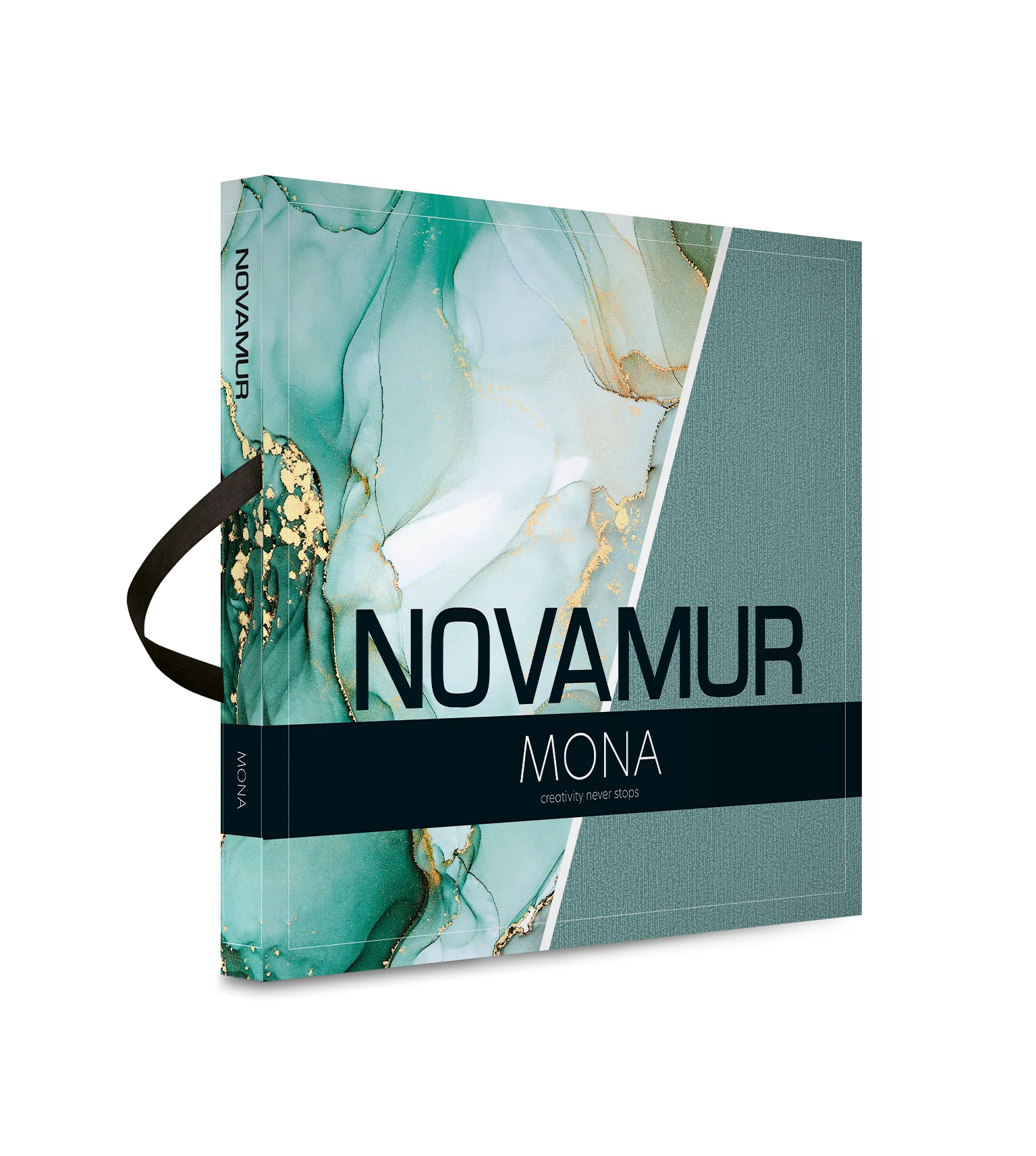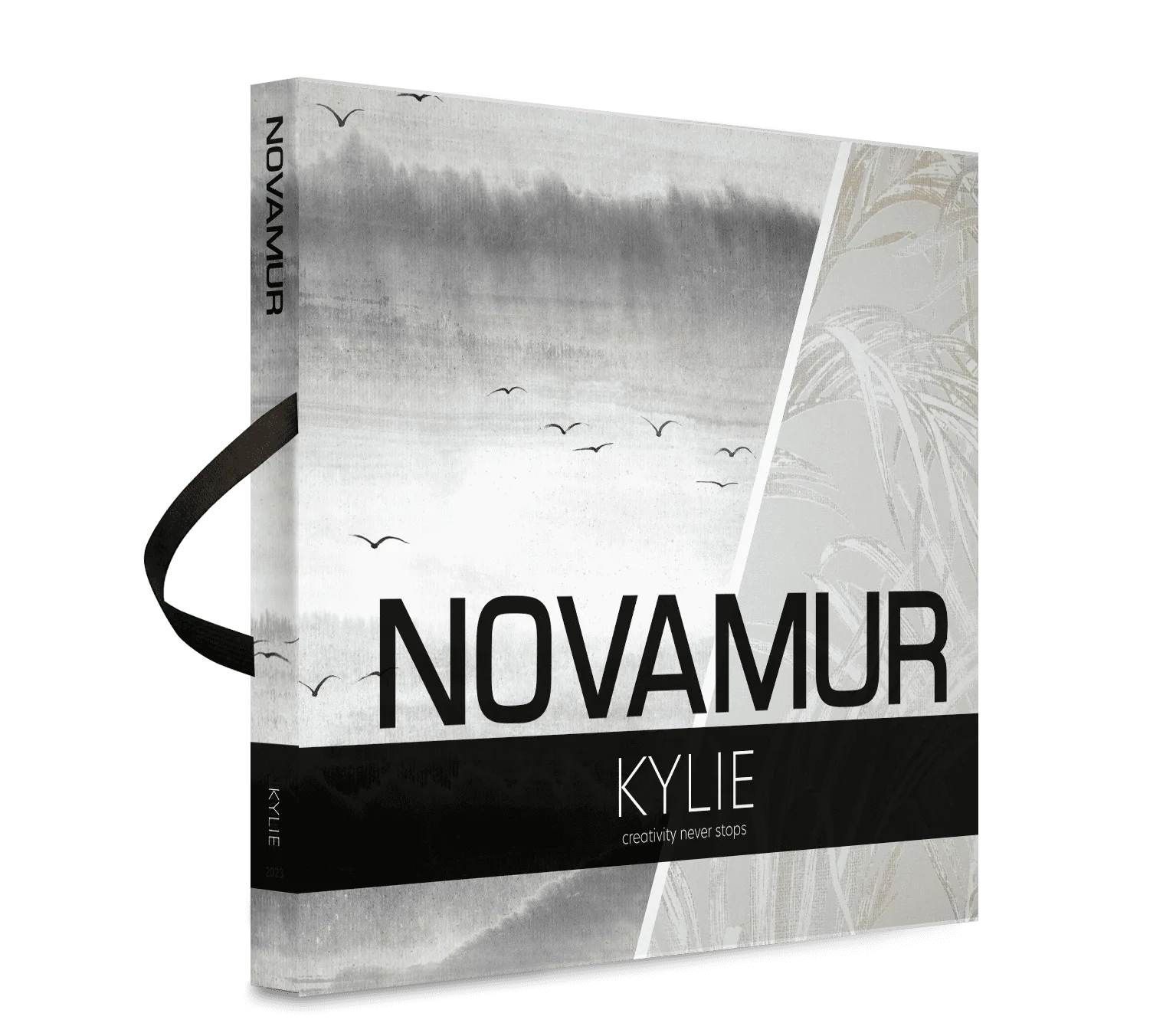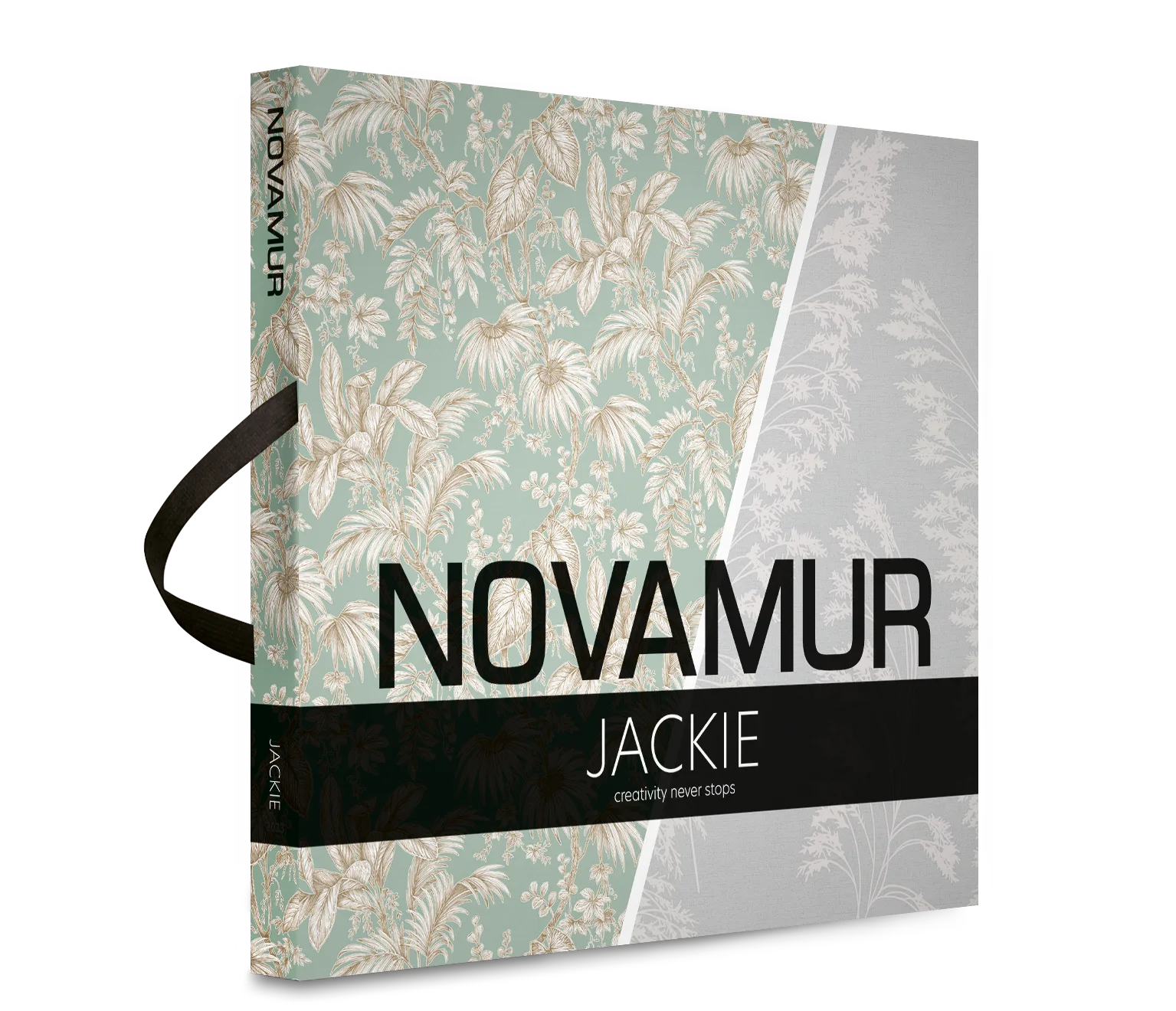Safety Instructions for Wallpapers
Fire Hazard
The flammability of photo wallpapers varies depending on the material (paper, fleece, or vinyl). Follow these safety measures:
- Maintain a safety distance from open flames, radiators, or other heat sources.
- Check the fire protection classification of the wallpaper.
- If necessary, use fire-resistant wallpapers.
Health Risks
During wallpapering, fumes from paste or solvents may be released. To minimize risks:
- Ensure good ventilation during and after processing.
- Wear protective gloves and a mask if sensitive reactions occur.
- Avoid contact with skin and eyes.
Avoiding Mold Growth
Improper application or moisture behind the wallpaper can cause mold:
- The wall must be dry, clean, and smooth.
- Avoid high humidity.
- Ensure good ventilation after installation.
Child and Pet Safety
To avoid risks for children and pets:
- Store paste, wallpaper remnants, and tools out of reach.
- Ensure that no small parts are swallowed.
Usage and Restrictions
Suitable Applications:
- Living areas such as living rooms, bedrooms, hallways, offices.
- Dry, well-ventilated indoor spaces.
Not Suitable For:
- Moist or wet rooms (e.g., bathrooms) unless the wallpaper is waterproof.
- Untreated or highly porous surfaces.
- Areas subject to direct mechanical stress.
Care, Maintenance & Disposal
Cleaning:
- Dust paper photo wallpapers only dry.
- Clean vinyl or fleece wallpapers with a damp cloth (no harsh cleaning agents).
- Avoid direct sunlight to prevent fading of colors.
Repair:
- Damaged strips can be replaced (if replacement material is available).
- Fix small cracks or bubbles with wallpaper paste.
Disposal:
- Dispose of paper and fleece wallpapers with regular waste.
- Dispose of vinyl or plastic wallpapers according to local regulations.
- Recycle paste residue and packaging materials.
Wallpapering Instructions
Preparing the Wall:
- Remove old wallpaper remnants and clean the wall thoroughly.
- Level out any unevenness to create a smooth surface.
- Use a primer for highly absorbent substrates.
Quick Guide to Wallpapering:
- Cut photo wallpaper into panels (if not pre-cut).
- Mix wallpaper paste – use the correct paste for the material.
- For paper photo wallpapers: Paste the back of the strips and observe the soaking time.
- For fleece or vinyl wallpapers: Apply paste directly to the wall.
- Smooth the wallpaper with a wallpapering roller or brush.
- Trim excess wallpaper neatly with a cutter.
- Apply strips edge to edge for a seamless pattern.
- Drying: Avoid drafts and temperature fluctuations during drying.
Additional Notes
- Ensure the motif is correctly aligned before applying.
- For patterned wallpapers or large images, pay attention to the order of the strips.
- Wallpapering is easiest with two people.
Have questions? Feel free to contact us!

